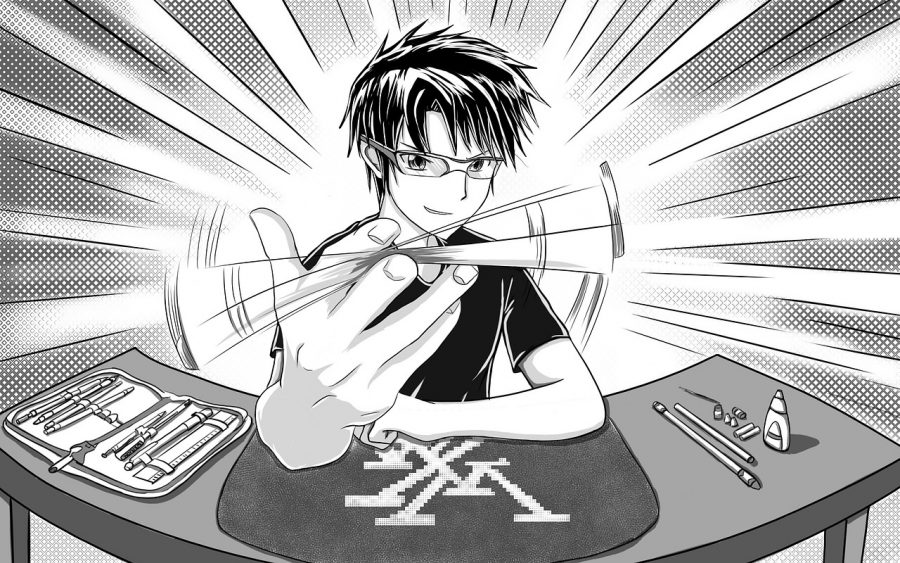
Willian Yuki Fujii Memmo via Pixabay
Willian Yuki Fujii Memmo via Pixabay
As the world becomes increasingly globalized, developed societies continue to adopt each other’s cultural customs. A prime example of this is America’s steady incorporation of Japanese culture.
Anime is a major component of Japanese culture, familiar to most Americans. Japanese cartoons targeted at adults and children alike, anime has become an important medium for film and television in today’s world and an ever-growing part of pop culture as a whole.
Anime is split into four seasons over a year (Spring, Summer, Fall, Winter), with each season having one to two highly anticipated series. On average, each series has around 12-13 episodes. “I really enjoy having new stuff to enjoy every week. It makes every day that much more exciting,” comments Tyler Woolison, senior. This kind of excitement continues to push Japanese animation studios to produce high quality anime that, according to Woolison, “is amazing and so much more fun than American TV.”
Another key part of Japanese culture is sushi. “Sushi is becoming huge in America and [America] is even adopting [its] own kinds of sushi,” says Zac Ahlers, senior. Ahlers, having been to Japan on a summer trip with the school, is very enthusiastic about the future of sushi in America and sees it “going places [he] never expected to see Japanese culture go in America.” Restaurants known for their sushi, such as Osaka and Red Ginger, have also become more popular as the Japanese culture craze continues to rise.
Ahlers also offers thoughts on how America could possibly improve as a country by following some of Japan’s general lifestyles. “In Japan, they use fuel efficient cars, something America could greatly benefit from to help save their environment. In Japan, fuel efficiency is key.” As America continues to adopt parts of Eastern culture, many hope America will also adopt some of their lifestyle choices.
As the world globalizes, the blending of culture allows people to enjoy each other’s cultural identities. This is shown powerfully through America’s interaction with Japan and its primary cultural features.
